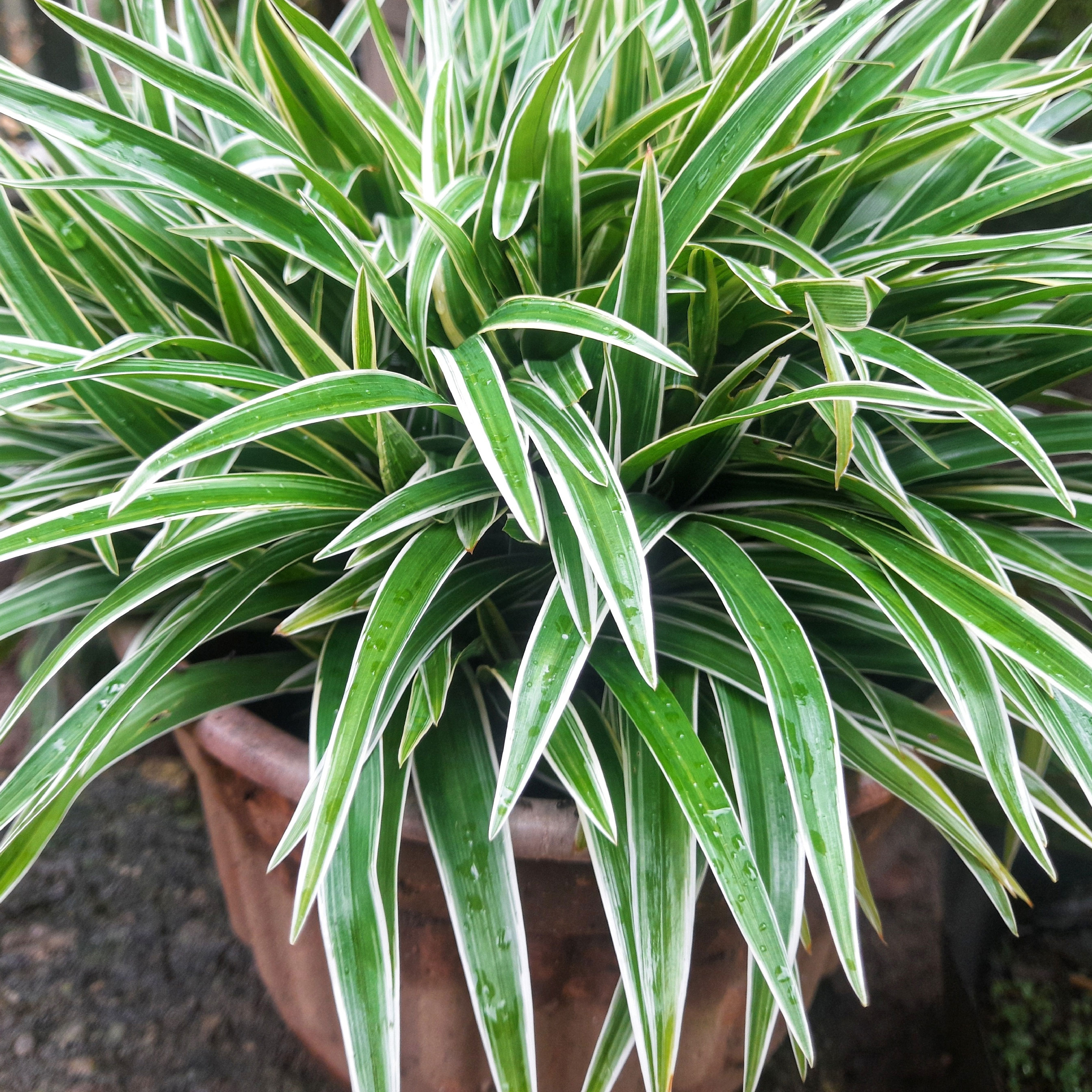Armillaria Peach Rot – Managing Peaches With Armillaria Rot
Armillaria peach rot, also called peach oak rot, is a serious disease that afflicts not only peach trees but many other stone fruits. Peaches with armillaria rot are often difficult to diagnose since it may persist for years deep in the root system before visible symptoms appear. Then once the symptoms of armillaria rot of peach do appear, the tree is heavily infected and difficult, if not impossible, to treat. So, is there really any effective method for controlling peach armillaria root rot?
What is Armillaria Peach Rot?
Armillaria rot of peach is a fungal disease spread from mycelium growing in the soil. The symptoms of armillaria root rot vary from species to species. When the roots of infected trees are examined, white to yellowish, fan-shaped mycelia mats can be viewed between the bark and the wood with a definitive mushroom-like aroma. The fungus is spread through stands of trees through rhizomorphs which are similar to rhizomes. These dark brown to black rhizomorphs can sometimes be seen on the root surface. The fungus survives on the rhizomorphs and in both dead and living roots. Above ground symptoms are first seen as wilted, limp foliage, often with upper limbs dying back.
How to Control Peaches with Armillaria Root Rot
Unfortunately, there is no absolute control for peaches with armillaria root rot. The best approach is a multi-management one involving cultural and chemical controls. Also, avoid planting peaches in areas where oaks have recently been cleared or where there is a history of the disease. Commercial growers may invest in fumigation of infested sites, but this is a costly process and one without much success. So, instead, commercial growers have used large trenches dug around the infected trees and lined the trenches with plastic tarping which keeps healthy tree roots from coming into contact with infected ones. Studies have shown that removing about a foot (31 cm.) of the soil around the base of the tree and leaving it exposed to the air during the growing season, can slow the progression of the disease. During the growing season, keep the upper roots and crown as dry as possible. Check the hole every couple of years to ensure that it is still open to the air and not filled in with dirt or other organic debris. For this to be effective, the crown and upper roots must be exposed. As far as a chemical control, as mentioned, fumigating has been utilized. Prior to fumigating, remove all infected trees, roots, and stumps as much as possible. Remove trees that are adjacent to obviously infected ones, as they are likely infected as well. Burn infected material. Fumigate from summer to early fall. Lastly, and of paramount importance, is to maintain the overall health of the trees. Avoid stress or injury of any sort. A healthy tree is better able to withstand the ravages of disease.
Gardening tips, videos, info and more delivered right to your inbox!
Sign up for the Gardening Know How newsletter today and receive a free copy of our e-book "How to Grow Delicious Tomatoes".

Amy Grant has been gardening for 30 years and writing for 15. A professional chef and caterer, Amy's area of expertise is culinary gardening.
-
 Want To Know How To Make A Spider Plant Bushier? 4 Secrets For Lush & Bushy Spiders
Want To Know How To Make A Spider Plant Bushier? 4 Secrets For Lush & Bushy SpidersAre you looking for ways to make your spider plant look bigger or more dramatic? Follow these quick and easy tips on how to make a spider plant bushier
By Teo Spengler
-
 What Is A Pollinator Garden? Grow Gorgeous Blooms While Benefiting Your Local Ecosystem
What Is A Pollinator Garden? Grow Gorgeous Blooms While Benefiting Your Local EcosystemPollinator gardens look great and also provide a diverse ecosystem that benefits your local pollinating insects and animals. Get started today with this guide!
By Bonnie L. Grant